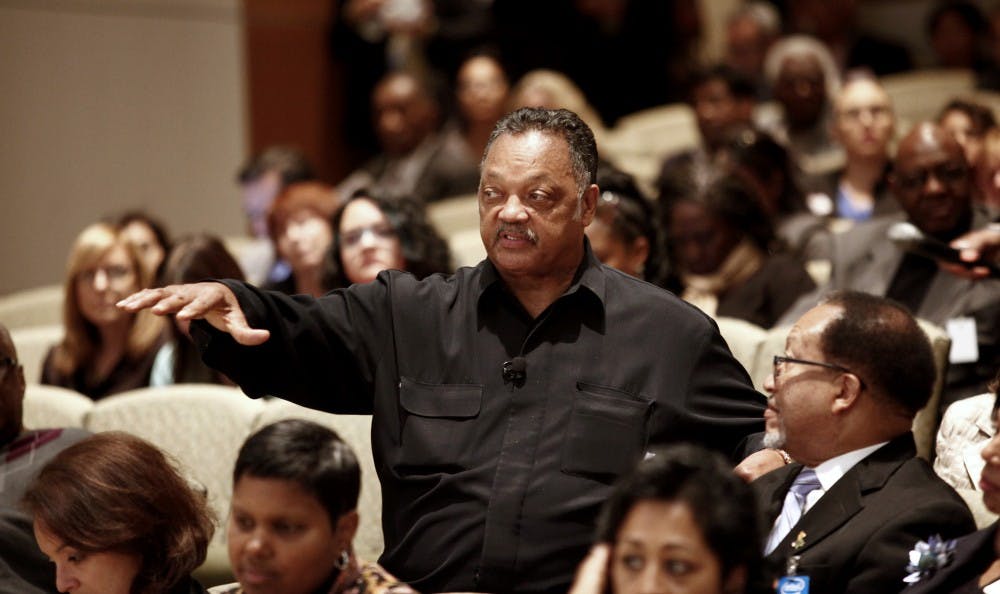In the face of gleaming new gadgets and groundbreaking data, sometimes social issues in the technological community seem to be afterthoughts. However, the scientific industry is shaped by those who participate in it, and a new study says some groups are underrepresented.
This ASU study indicates that African Americans are among those who are scarcely represented.
ASU researchers Kimberly Scott and Kevin Clark partnered with the Bill and Melinda Gates Foundation in order to understand the void of African American influences in technology.
"The motivation was to really take a look at African American families, specifically their use of technology for learning and innovating," Clark said. "We wanted to get a sense of how technology was being used in an informal education environment."
In a comprehensive 41-page report, the ASU-backed team surveyed 1,041 African American families, focusing on the 11 to 17-year-old age range's use of technology in and out of school.
"When they're younger kids, they're watching stuff, they're playing games — more passive activities," Clark said. "Once they get to about 11 years old, they start coding and building things."
At 11 years, children typically become more interested in the field of technology and computing. For some reason, however, the team found a very low level of engagement when it came to African American youth, with only 13 precent having ever written computer code before.
What they found, though, is that there is a large disparity between the level of engagement and the level of interest.
"Everyone was incredibly supportive and excited, particularly about the possibility of doing digital stories," Kimberly Scott said.
The digital stories are the crown jewel of the project: brief, two-and-a-half minute glimpses into the lives of participants who are just dipping their toes into computing. All the stories are narrated by their creators, who tell about a time that technology impacted their lives.
"The challenge right now is how to create more robust formal learning opportunities, and also informal learning opportunities that allow young people to leverage that engagement with media in even more creative ways," Craig Watkins, a professor from the University of Texas who was an adviser with the project, said.
The digital stories are a start, but the team is already thinking about the next steps to come to a solution.
"A lot of what can happen is going to require interdisciplinary effort," Kimberly Scott said. "We at the (Center for Gender Equity in Science and Technology) are facilitating conversations across campuses and using what we learned from this report as a tool to explore what we can do collectively and interdependently."
Reach the reporter at sdeadric@asu.edu or follow @deadrick_sam on Twitter.
Like The State Press on Facebook and follow @statepress on Twitter.




